Hyundai Kalguksu (현대칼국수)
1.5Km 2020-06-16
76, Sejong-daero, Jung-gu, Seoul
+82-2-752-9504
Hyundai Kalguksu is a kalguksu (handmade knife-cut noodles) restaurant that has been in the family for two generations (1982). The restaurant is extremely popular among people working at nearby businesses, thanks to the rich flavor of the broth. Anchovies, dried pollack heads, and kelp are simmered for many hours, and then, other ingredients are added: soft noodles and various vegetables including pumpkin, onion, and green onions. The restaurant is famous for the exquisite taste of its kalguksu, as well as for its large servings. Just one bowl is enough to satisfy a starving man, but if you are still hungry, don’t hesitate to ask for more rice or noodles for free. Another unforgettable specialty here is kimchi. You will also be able to enjoy geotjeori (freshly made kimchi) and kkakdugi (sliced white-radish kimchi), which is fermented for about three days.
Museo de Arte Sungkok (성곡미술관)
1.5Km 2021-02-03
Gyeonghuigung-gil 42, Jongno-gu, Seúl.
+82-2-737-7650
El museo fue inaugurado en el año 1995 en homenaje al maestro Kim Sung-kok, fundador de la compañía Ssangyong. Es una institución pública, cuya finalidad es estructurar el servicio de bienestar social por medio del arte y la cultura. La exposición está enfocada a las obras artísticas que interpretan y reflejan la tradición, las costumbres y el color folclórico de Corea, en un entorno moderno. Más allá de las exhibiciones, también apoya a los nuevos artistas, por medio de proyectos como el “Concurso Artístico de Sungkok”, y el “Artista del Futuro”. Está compuesto por el edificio principal, el edificio anexo y un parque de esculturas. También dispone de una cafetería y una tienda de artículos artísticos.
Jeongtong Junghwayori Joaru - Myeong-dong Branch(정통중화요리조아루 명동)
1.5Km 2021-04-16
1-8, Hoehyeon-dong, 3(sam)-ga, Jung-gu, Seoul
+82-2-779-7897
A Chinese restaurant frequented by workers in Myeong-dong. This restaurant's signature menu is noodles in black bean sauce. This Chinese (cuisine) restaurant is located in Jung-gu, Seoul.
Teatro Nacional Jeongdong (국립 정동극장)
1.5Km 2021-12-28
Jeongdong-gil 43, Jung-gu, Seúl.
Caminando por el camino de las paredes de piedra del palacio Deoksugung, llegará al Teatro Nacional Jeongdong, que es un espacio cultural y artístico cercano a los ciudadanos de la zona. Fue inaugurado en el año 1995 bajo el objetivo de desarrollar y difundir el arte tradicional de Corea, introducir las actividades culturales en la vida cotidiana y fomentar la cultura artística en la educación. Durante un largo tiempo ha estado promoviendo una variedad de espectáculos de arte y facilitando a las personas que puedan disfrutar de él. Debido a estos esfuerzos y actividades que ha estado realizando el teatro, hoy en día, se ha ubicado como lugar tradicional y cómodo para apreciar las actuaciones.
Podrá disfrutar de las representaciones tradicionales permanentes y de las actuaciones exclusivas durante todas las épocas del año. El espectáculo tradicional permanente se estableció en el año 1995, y consta de las funciones de danza tradicional, interpretación musical de los instrumentos tradicionales, espectáculo de Samulnori, etc.
Especialmente en 2010, se lanzó “MISO”, la marca de los espectáculos permanentes, con el estreno del musical tradicional “Chunhyang Yeonga ("Historia de Amor de Chunhyang”), a fin de promocionar el valor y la belleza de la cultura coreana no solo a los turistas extranjeros sino también a todo el mundo. Recientemente, la segunda historia de MISO “Baebijangjeon” es apreciada tanto por los coreanos como por los extranjeros.
Myeongdong Guesthouse Como [Korea Quality] / 명동게스트하우스 꼬모 [한국관광 품질인증/Korea Quality]
1.5Km 2023-04-13
12, Toegye-ro 24-gil, Jung-gu, Seoul
+82-2-755-5437
This guesthouse is located only 3 min away by foot from the Myeongdong Station on Seoul Subway Line 4. It is a particularly popular guesthouse for international travelers, assisted by front staff proficient in English and Chinese. The guesthouse offers free luggage storage services.
Even though Como is a guesthouse, it occupies a sizable 4-story building. The first-floor lobby offers breakfast in the morning hours, while the rooftop offers a panoramic view of the Seoul city center.
Bedrooms are fitted with lemon-colored walls and white bedding. Excellent amenities like WiFi, TV, air conditioning, and refrigerator are designed for the benefit of the guests. In particular, guests have access to bathrooms with shower in each of the rooms. There are five types of rooms in total, ranging from the Standard Single to Standard Quad for 4, offering a variety ideal for all arrangements.
The guesthouse also offers excellent walkable access to Myeongdong, one of the most popular shopping districts in Seoul, as well as major sights like N Seoul Tower, Sungnyemun Gate, and Namdaemun Market being reachable in 10 min by car.
Onmaeul (온마을)
1.5Km 2025-07-18
127, Samcheong-ro, Jongno-gu, Seoul
A place that sells dishes made with beans, which are good for the health. This restaurant's signature menu is pureed soybean stew. This Korean dishes restaurant is located in Jongno-gu, Seoul.
Museo del Búho (부엉이박물관)
1.5Km 2022-09-19
Bukchon-ro 143, Jongno-gu, Seúl
El búho es considerado como un animal símbolo de la sabiduría. En los cuentos infantiles, muchas veces se ven a búhos con gafas y libros en sus alas. El museo está diseñado al estilo clásico, como una cafetería, y expone obras artísticas, artesanías, etc., alrededor de 2.000 piezas relacionadas con los búhos. Dichos artículos fueron coleccionados durante 30 años, recorriendo varios lugares del mundo, por Bae Myeong-hui (madre de los búhos), quien es la directora del museo.
Es un espacio peculiar, que fue reconstruido sobre una antigua casa, y los visitantes son recibidos calurosamente por la madre de los búhos, que también les sirve café o té. Al estar ubicado cerca del centro de la ciudad, es ideal para aquellos que deseen disfrutar un momento especial, observando las artesanías y obras artísticas. Además, otra fuente de diversión es escuchar historias sobre los búhos y los episodios relacionados con la colección.
Jalppajin Memil - Seochon Branch (잘빠진메밀 서촌)
1.5Km 2021-03-18
41-1, Jahamun-ro, Jongno-gu, Seoul, Korea
+82-70-4142-1214
This is a Korean cuisine located in Jongno-gu, Seoul. A restaurant that uses noodles made with 100% buckwheat directly by the chef. The best menu at this restaurant is dumpling hot pot.
Seonggyungwan Gamjatang (성균관감자탕)
1.5Km 2021-03-19
37, Changgyeonggung-ro 29-gil, Jongno-gu, Seoul
+82-2-762-2170
Experience gamjatang (pork back-bone stew), one of Korea’s representative stews. The best menu at this restaurant is pork back-bone hot pot. This is a Korean cuisine located in Changdeokgung Palace, Seoul.
Seochon Guest House [Korea Quality] / 서촌 게스트하우스 [한국관광 품질인증]
1.5Km 2023-04-07
28-3, Jahamun-ro 7-gil, Jongno-gu, Seoul
+82-010-3345-9680
Seochon Guest House is located in Seochon, which is becoming a hot place for tourists in Seoul, and precisely on the road to Suseong Valley, whichis filled with interesting stores and is also well-known for Park Nosoo Art Gallery and the House of Yun Dong-ju (poet). Seochon Guest House is nicknamed ‘Jaeminangol (interesting village)’ after Baekseok’s poem ‘Yeowunangol’, with the aim of providing a visit full of interesting experiences. Passing through a garden and entering the main building, the unique charm of this hanok building, the staircase to get to the first floor from daecheong (main floored room), catches the eye of the visitors. In addition, the building is decorated with various stylish objects including paintings and Korean musical instruments. The terrace situated on the first floor offers an open view of the surrounding area including roof tiles of hanok structures and alleyways in Seochon. It is said that Korean novelist Yoon Hu-myeong also appreciated the structure of the guesthouse, saying, “It is an interesting place.” Built in the 1930s, the house, which has many storage places, was taken by the owner couple in spring 2014 as they were attracted by the house during their trip to Seochon. After the repair work, the ground floor of the house was opened for guests from January 2016, hoping that guests could share their daily experiences and stories with each other. The guestrooms and the main floored room on the ground floor are open to guests, with the exception of the first floor, which is used by the owner couple. The living room is equipped with books, a curved TV, and a table. The tasty meal, which is served in the kitchen, consists of rice and soup with six side dishes and is much loved by guests. The guesthouse offers a total of four rooms – Jae Room, which is the most Korean-style room; Mi Room, which has a combined style of a Korean-style room and Western-style room; Nan Room, which is an ideal room for meditation with a beautiful paper window; and Ahn Room, which is equipped with a veranda and a pretty flowerbed. Every room has its separate charm with various comfortable bedding to provide a quiet and cozy bedroom for guests in the middle of the city. Furthermore, the guesthouse holds a pansori (epic chant) performance twice a year. The owner started learning how to sing pansori to promote the Korean culture and tradition to foreigners. When a pansori performance is held, the owner offers traditional Korean snacks and drinks including sikhye (sweet rice punch), sujeonggwa (cinnamon punch), traditional sweets and cookies, and tteok (rice cakes) to visitors, tourists, and performers. Moreover, it provides cultural programs such as a Gukak (Korean classical music) experience, Korean traditional clothes experience, and making Korean food experience, as well as other activities with guests, such as trip to the city wall between Inwangsan Mountain and Bugaksan Mountain, and the Royal Palace Tour to Gyeongbokgung Palace, etc., as well as a trip to a traditional market.
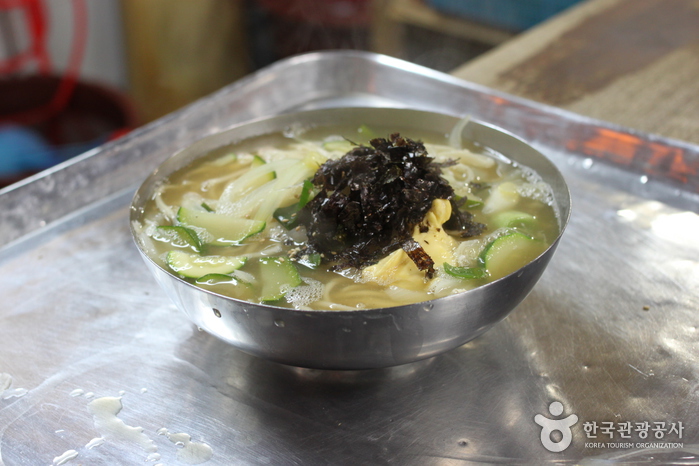
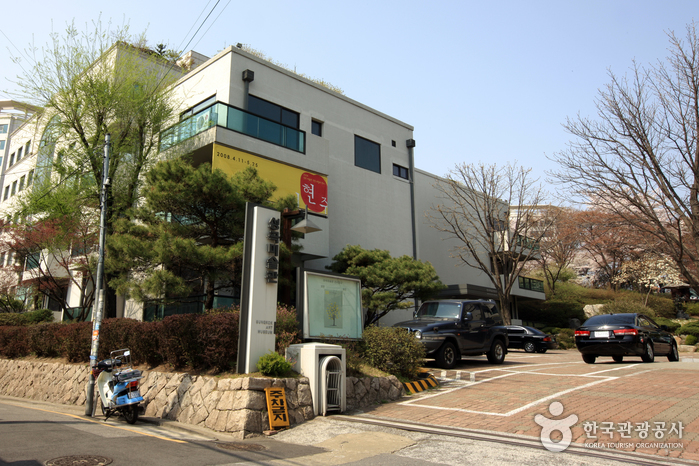
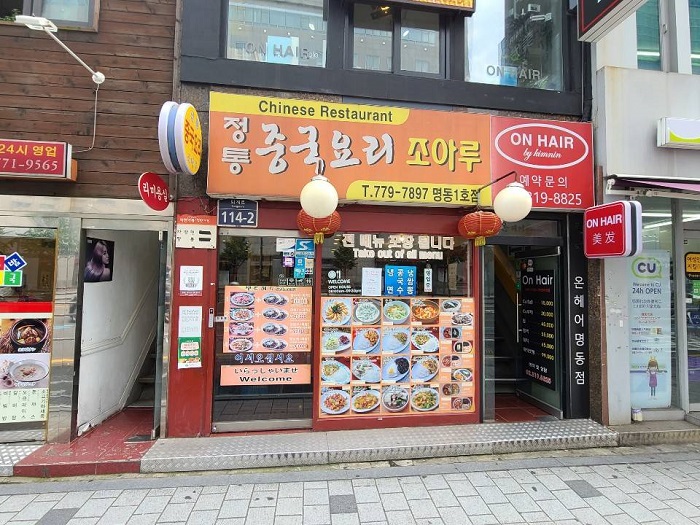
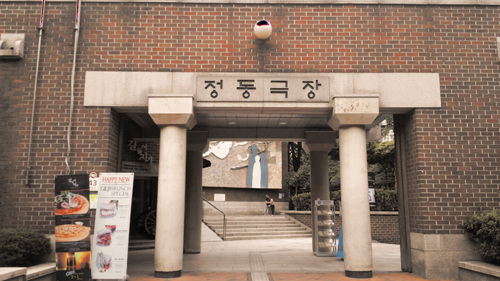
![Myeongdong Guesthouse Como [Korea Quality] / 명동게스트하우스 꼬모 [한국관광 품질인증/Korea Quality]](http://tong.visitkorea.or.kr/cms/resource/89/2709189_image2_1.jpg)
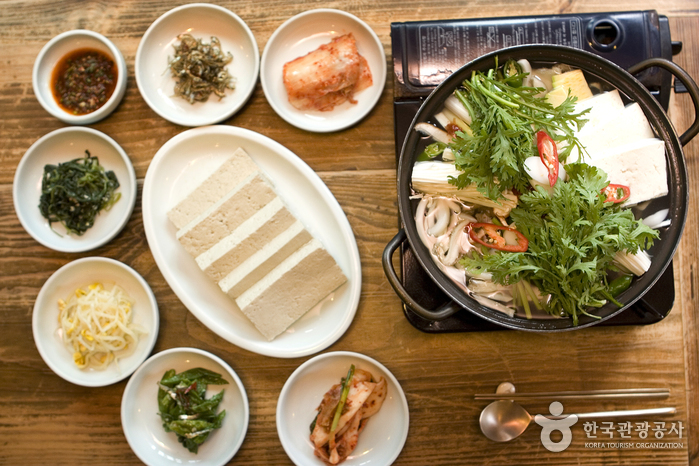
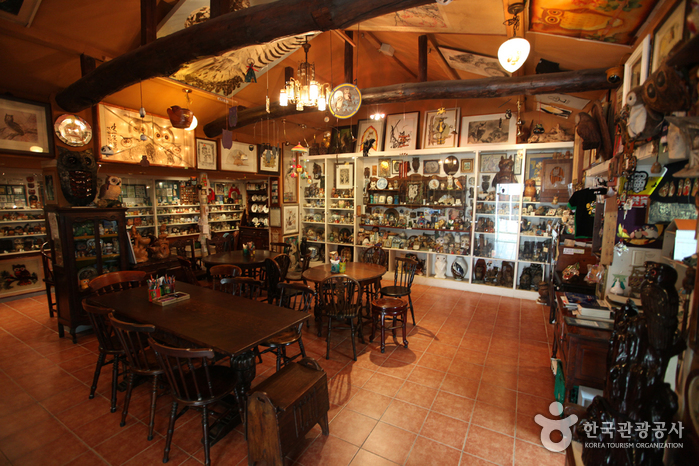
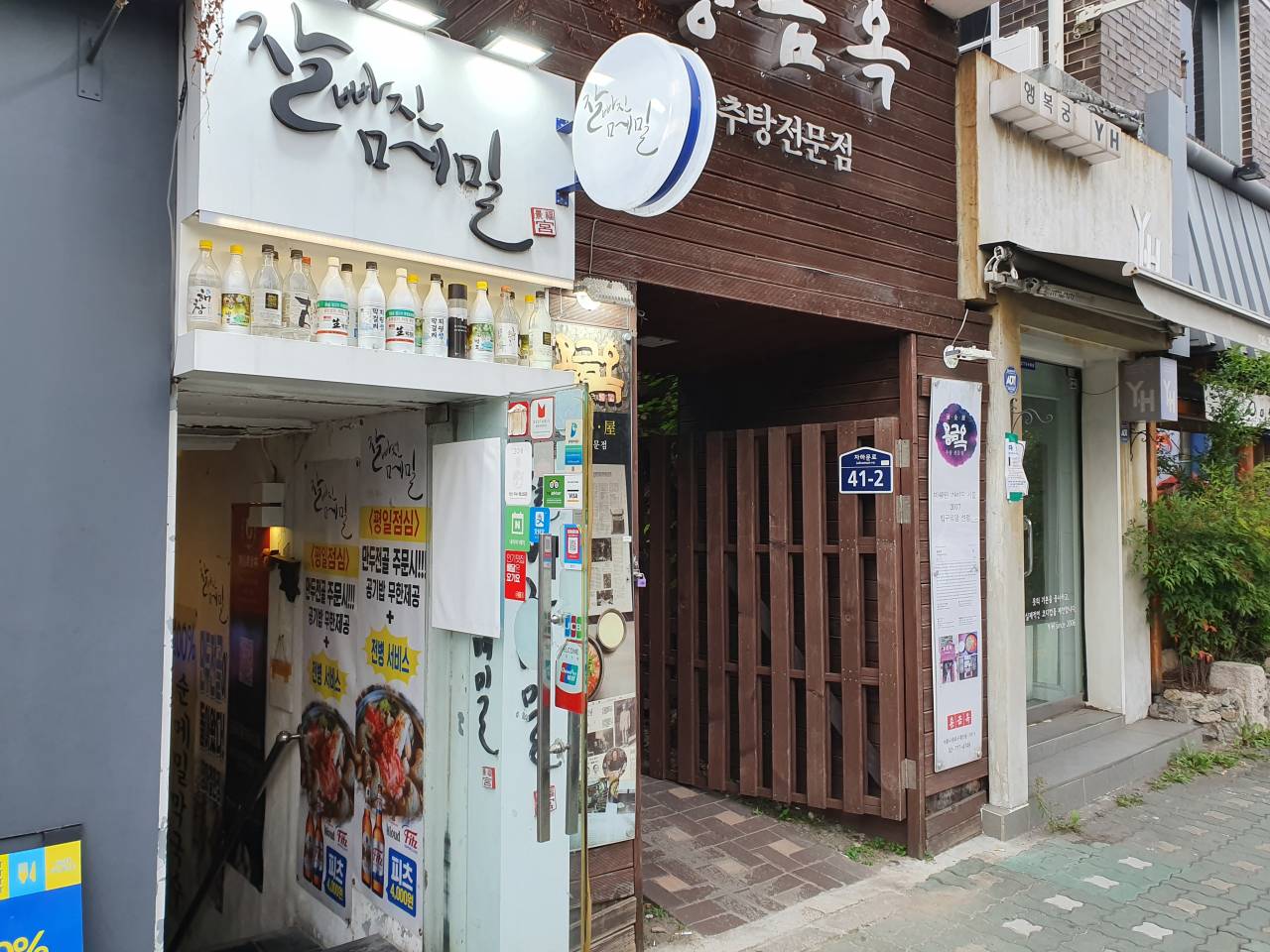
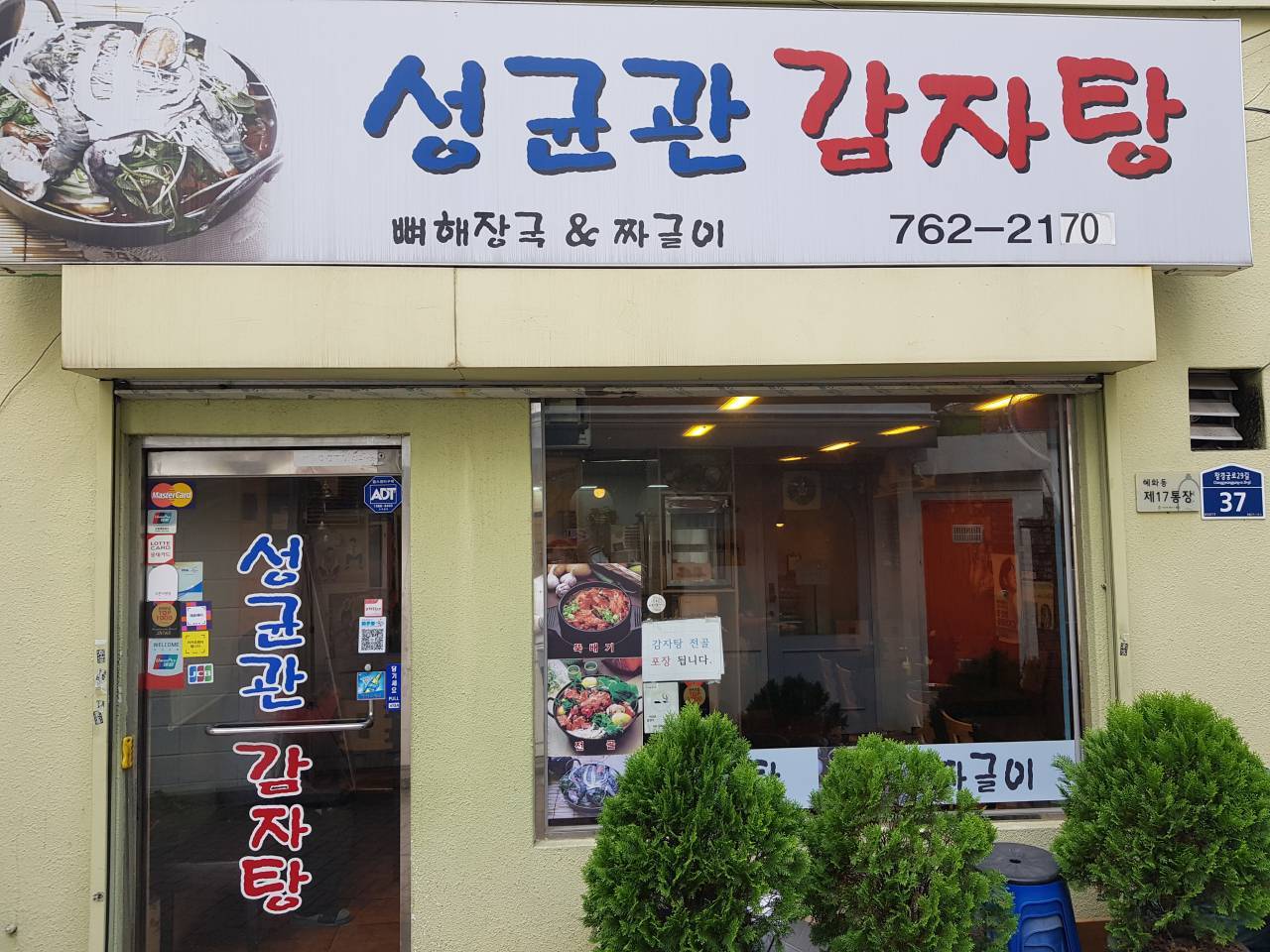
![Seochon Guest House [Korea Quality] / 서촌 게스트하우스 [한국관광 품질인증]](http://tong.visitkorea.or.kr/cms/resource/41/2447241_image2_1.jpg)
 Español
Español
 한국어
한국어 English
English 日本語
日本語 中文(简体)
中文(简体) Deutsch
Deutsch Français
Français Русский
Русский